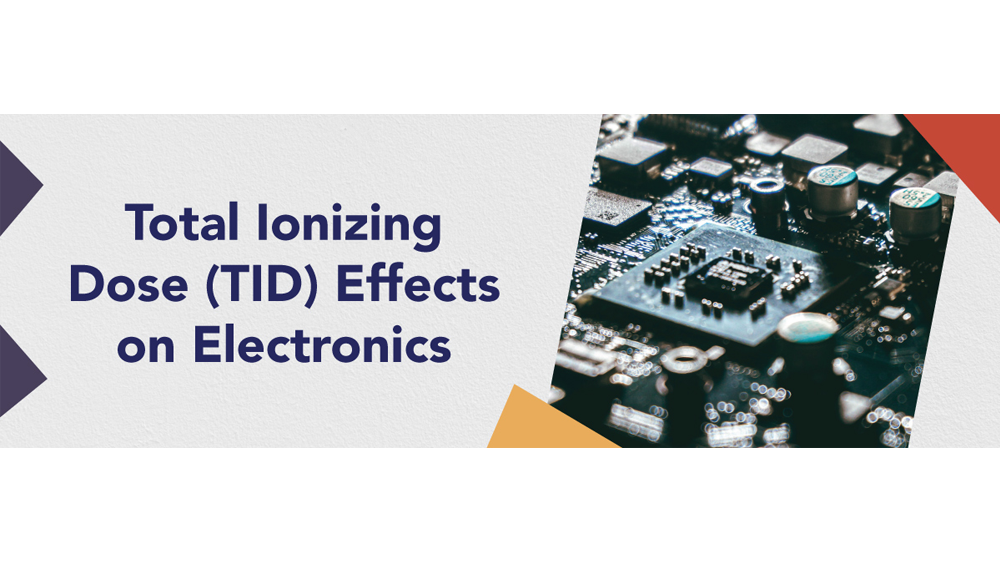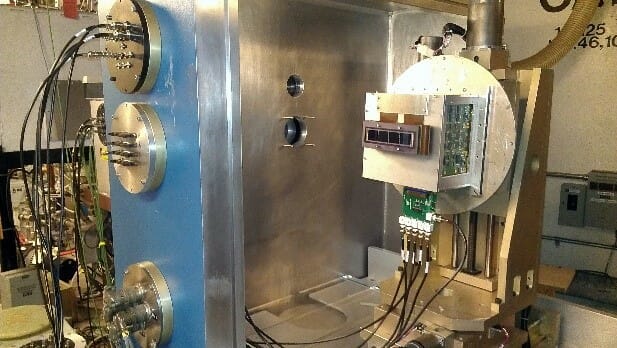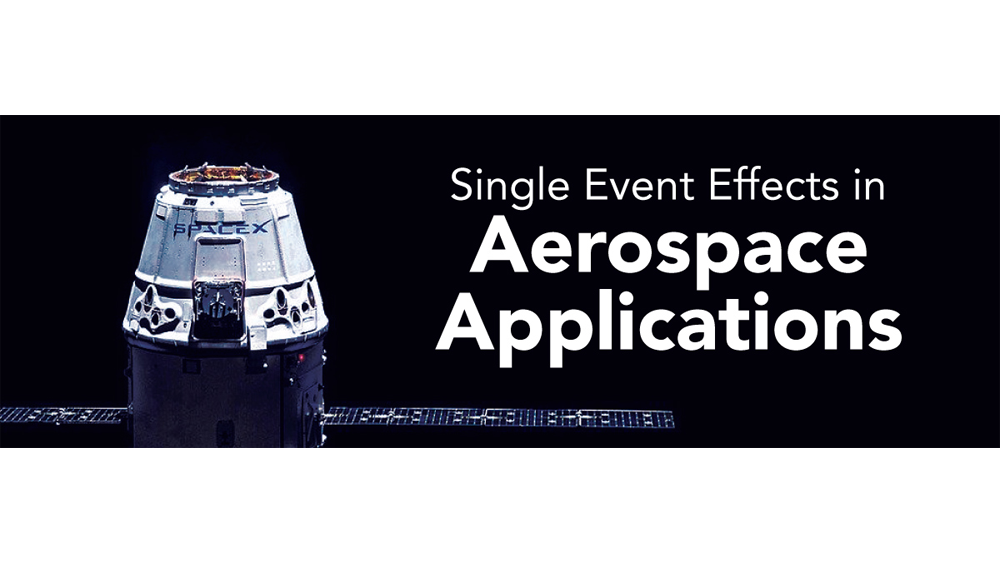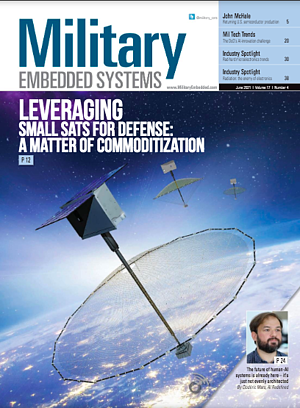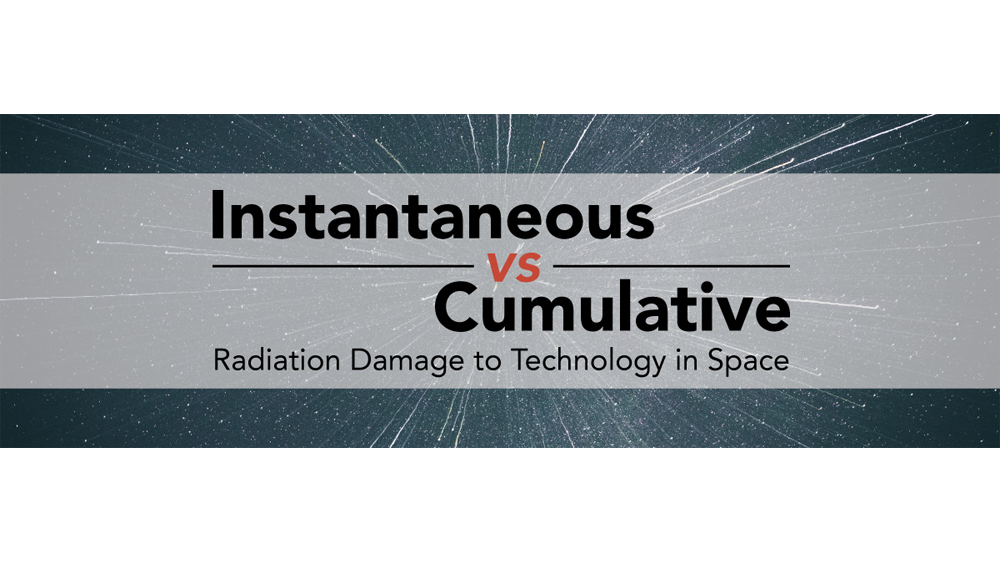Radiation Test Solutions offers expert aerospace circuit and component analysis services to ensure our clients maximize the effectiveness of their electrical subsystems.
Like chains, technical systems are only as strong as their weakest link. This is especially true in the aerospace industry where repairs and adjustments in space are not practical or, in some cases, not even possible. Aerospace circuit design and component analysis is a crucial part in the satellite launch preparation process.
New aerospace companies can benefit from guidance that helps ensure they don’t go under due to a catastrophic mission failure that leads to a substantial waste of money. Similarly, established aerospace companies experience a tremendous advantage from minimizing and managing risk through effective analysis and planning.
Aerospace radiation analysis methods and expertise enable companies to plan and execute successful short- and long-term missions. Leveraging these resources can help prevent component failure and circuit design issues that not only lead to damage and reduced performance, but also adversely affect a company’s recognition and brand.
Engineers at Radiation Test Solutions, Inc. (RTS) perform spacecraft radiation analysis, and also analyze analog circuits and high-speed digital circuits. Our team works closely with customers to find electrical, optical or thermal solutions that enable their products to perform in the harsh radiation environment of space.
Because space is an especially harsh environment, circuit design for satellites must be thoroughly analyzed as well. Designing printed circuit boards (PCBs) for space poses unique challenges not usually encountered by engineers. Our engineers at RTS are experts in analyzing and integrating aerospace PCB and EEE components into successful satellite operations.
RTS offers EEE component analysis and aerospace circuit design analysis, as well as additional services to analyze a satellite’s structure. Structural analysis is based on the location of the electronic components within the structure to determine the radiation tolerance needed to ensure the satellite remains functional over the entire mission life expectancy.
An aerospace PCB has to endure a great deal in its lifespan. During launch, circuit boards experience heavy vibrations, and once in their final destination, are exposed to extreme heat and radiation. Designing boards for aerospace applications requires specialized insights and solutions. For example, thermal management of circuits in a server rack on Earth could use a fan. However, this solution does not work in the vacuum of space.
Successful aerospace circuit board design must take into account materials, manufacturers, reliability, encapsulation and redundancies. For instance, many aerospace applications use polyamide and heavy copper because of their resistance to heat and heat dissipation properties.
Choosing a manufacturer that has a standardized process for building circuit boards ensures quality design testing. Reliability is vital to aerospace products, so it’s best to use technologies that have proven to be reliable in space. Using encapsulation circuit boards with sufficient shielding safeguards important electronics from damaging heat and energy.
Good aerospace circuit designs incorporate redundancies, using backups to prepare for inevitable occurrences in space. Of course, design testing is the most important part of circuit design analysis because it proves reliability and launch qualification.
When designing a circuit board for the space industry, there are many considerations and criteria that must be met. Radiation-hardened integrated circuit boards must be thoroughly tested for reliability in an environment that can properly mimic the varying radiation stresses of space. RTS laboratories have the equipment necessary for radiation testing and analysis under these conditions.
Our engineers also analyze PCB layout for aerospace companies to check for failures, correct mistakes and offer insights and solutions. RTS works closely with electronic component manufacturers who have a need to test and qualify a “RAD-hard” design and require subsequent qualification of silicon wafer production. Our experienced team also provides system-level analyses to predict upset and latch-up rates in satellite systems of all sizes.
A satellite has two main elements: a payload and a platform. The payload is the equipment needed primarily for the mission such as signal generators, RF generators, antennas and power amplifiers. The platform of a satellite refers to systems that support the payload. Electronic components involved in this platform can consist of printed circuit boards (PCBs), printed wiring boards (PWBs), transistors, memory chips, capacitors, resistors, power modules and diodes. All of these electrical components are sensitive to the damaging effects of radiation in space.
Electrical, electronic and electro-mechanical (EEE) components fail in space due to the extreme stresses incurred. Radiation effects on electrical systems in space come from solar particles, free-space particles and trapped particles around the Earth. These high-energy particles can cause long-term damage to satellite electronics or cause them to fail immediately due to high-energy bursts. Radiation-hardened integrated circuits help mitigate catastrophic component failures in space.
Through failure analysis, EEE component data or the component itself is scrutinized to determine past or potential future failure. The goal of the component failure analysis process is to understand how and why a failure occurred so that corrective measures can be taken.
Designers and engineers for aerospace applications often seek the expertise of laboratories capable of providing insights and feedback on EEE components specifically meant for space environments. Since there are so many variables that can come into play in the harsh environment of space, it’s important for aerospace companies to validate circuit designs and components before mission launch.
In satellites, the quality of EEE components significantly impacts performance throughout the life of the system. Space environments are significantly different than those at ground level, and once electrical systems are launched, the hardware is no longer available for repair. Various intensities and amounts of radiation bombard satellites throughout their mission life, which can be years or decades.
To be certain that electronics designed for space are tough enough to endure the stresses and radiation encountered, it’s crucial that those projects first go through satellite failure analysis. Most often, circuit boards and electronics systems are just not fit for the radiation in space.
Evaluations are conducted to pinpoint weaknesses in EEE satellite components and analysts review data to propose improvements or ways to mitigate failure factors such as radiation hardening. RTS is the preeminent company in the area of testing and analyzing electronic components and materials that are designed to survive in the harsh environments of space.
In EEE failure analysis, it’s important to collect as much detailed information as possible. Understanding all the variables affecting the components helps identify the root cause of an electrical component failure. Methods to collect this valuable data include:
For component testing, RTS receives test articles—either electronic components or materials— that are exposed to various types of radiation to simulate the effects of being in space for long periods of time. This is a form of accelerated testing. We measure the test article’s performance before exposing it to radiation and then incrementally measure how the component degrades over the radiation exposure.
Some parts and materials are unaffected and others fail completely. RTS provides a
formal report that details the effect on the test article and this information helps determine if the part can be used in the planned space mission. Having this data is critical to completing a successful long-term mission.
Our services for analyzing satellite systems include:
RTS has merged the skills of system radiation effects engineers from aerospace firms with expertise honed by decades of radiation effects testing and aerospace circuit design analysis. Our customers choose us because they gain access to our knowledgeable engineers whenever they need their input. RTS provides both a valuable service and the flexibility to meet customer requirements, deadlines and budgets.
Think of us as a seamless extension of your company that works with you to share knowledge and skills in order to achieve common goals. Whether you are a small company needing access to radiation effects expertise or a large company looking to provide resource leveling to manage the cyclical needs of your programs, Radiation Test Solutions has the radiation effects analysis expertise to support your objectives.
